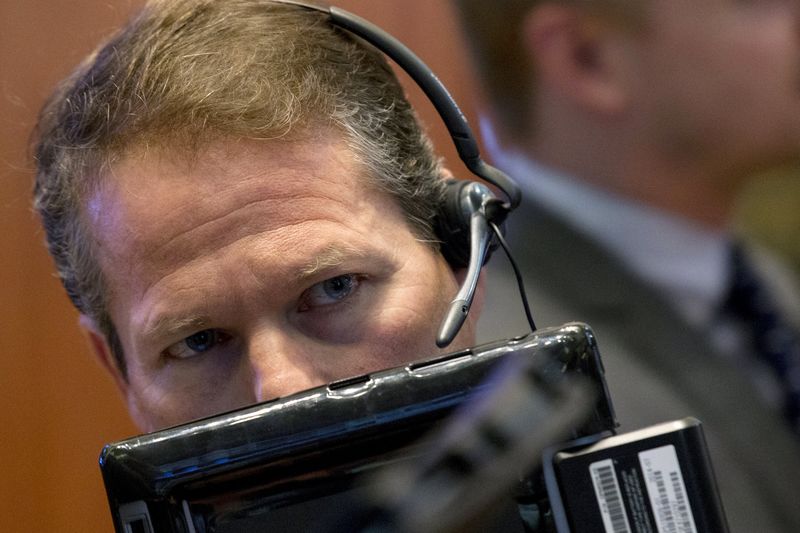Stock Story -
Beauty products company Estée Lauder (NYSE:EL) met Wall Street’s revenue expectations in Q3 CY2024, but sales fell 4.5% year on year to $3.36 billion. On the other hand, next quarter’s revenue guidance of $3.27 billion was less impressive, coming in 23.6% below analysts’ estimates. Its non-GAAP profit of $0.14 per share was 46.8% above analysts’ consensus estimates.
Is now the time to buy Estée Lauder? Find out by reading the original article on StockStory, it’s free.
Estée Lauder (EL) Q3 CY2024 Highlights:
- Revenue: $3.36 billion vs analyst estimates of $3.37 billion (in line)
- Adjusted EPS: $0.14 vs analyst estimates of $0.10 (46.8% beat)
- Revenue Guidance for Q4 CY2024 is $3.27 billion at the midpoint, below analyst estimates of $4.28 billion
- Adjusted EPS guidance for Q4 CY2024 is $0.28 at the midpoint, below analyst estimates of $1.06
- Gross Margin (GAAP): 72.4%, up from 69.6% in the same quarter last year
- Operating Margin: -3.6%, down from 2.8% in the same quarter last year
- Free Cash Flow was -$811 million compared to -$703 million in the same quarter last year
- Organic Revenue fell 5% year on year (-11% in the same quarter last year)
- Market Capitalization: $31.26 billion
Company OverviewNamed after its founder, who was an entrepreneurial woman from New York with a passion for skincare, Estée Lauder (NYSE:EL) is a one-stop beauty shop with products in skincare, fragrance, makeup, sun protection, and men’s grooming.
Personal Care
While personal care products products may seem more discretionary than food, consumers tend to maintain or even boost their spending on the category during tough times. This phenomenon is known as "the lipstick effect" by economists, which states that consumers still want some semblance of affordable luxuries like beauty and wellness when the economy is sputtering.Consumer tastes are constantly changing, and personal care companies are currently responding to the public’s increased desire for ethically produced goods by featuring natural ingredients in their products.
Sales Growth
A company’s long-term performance can indicate its business quality. Any business can put up a good quarter or two, but many enduring ones grow for years.Estée Lauder is one of the larger consumer staples companies and benefits from a well-known brand that influences consumer purchasing decisions. However, its scale is a double-edged sword because there are only a finite number of major retail partners, placing a ceiling on its growth.
As you can see below, Estée Lauder’s demand was weak over the last three years. Its sales fell by 3.2% annually, showing demand was weak. This is a rough starting point for our analysis.
This quarter, Estée Lauder reported a rather uninspiring 4.5% year-on-year revenue decline to $3.36 billion of revenue, in line with Wall Street’s estimates. Management is currently guiding for a 23.5% year-on-year decline next quarter.
Looking further ahead, sell-side analysts expect revenue to grow 2.6% over the next 12 months, an acceleration versus the last three years. While this projection indicates the market thinks its newer products will fuel better performance, it is still below average for the sector.
Organic Revenue Growth
When analyzing revenue growth, we care most about organic revenue growth. This metric captures a business’s performance excluding the impacts of foreign currency fluctuations and one-time events such as mergers, acquisitions, and divestitures.Estée Lauder’s demand has been falling over the last eight quarters, and on average, its organic sales have declined by 3.1% year on year.
In the latest quarter, Estée Lauder’s organic sales fell 5% year on year. This decrease was an improvement from the 11% year-on-year decline it posted 12 months ago. It’s always great to see a business improve its prospects.
